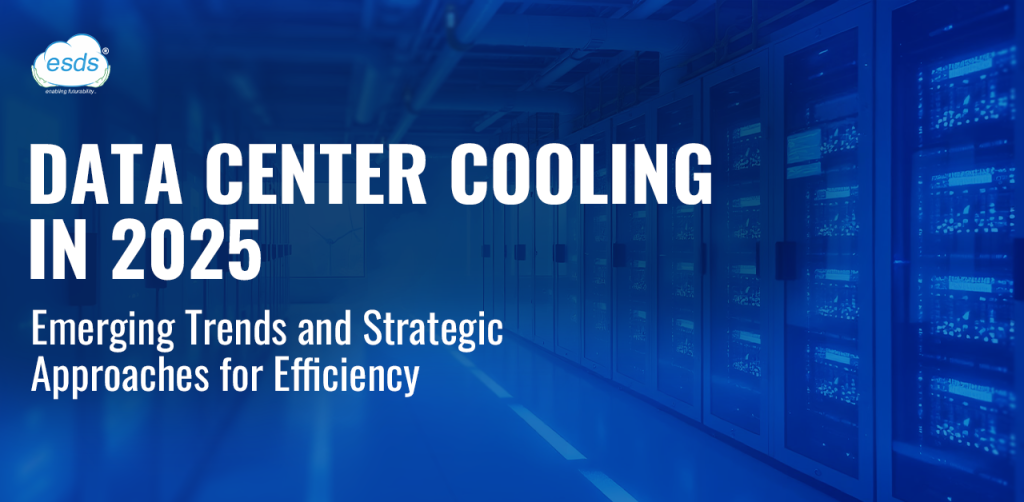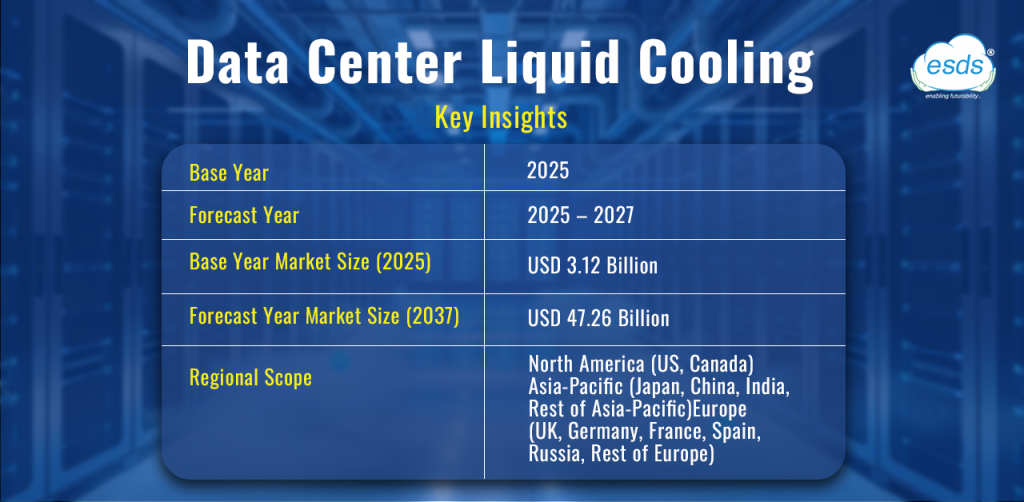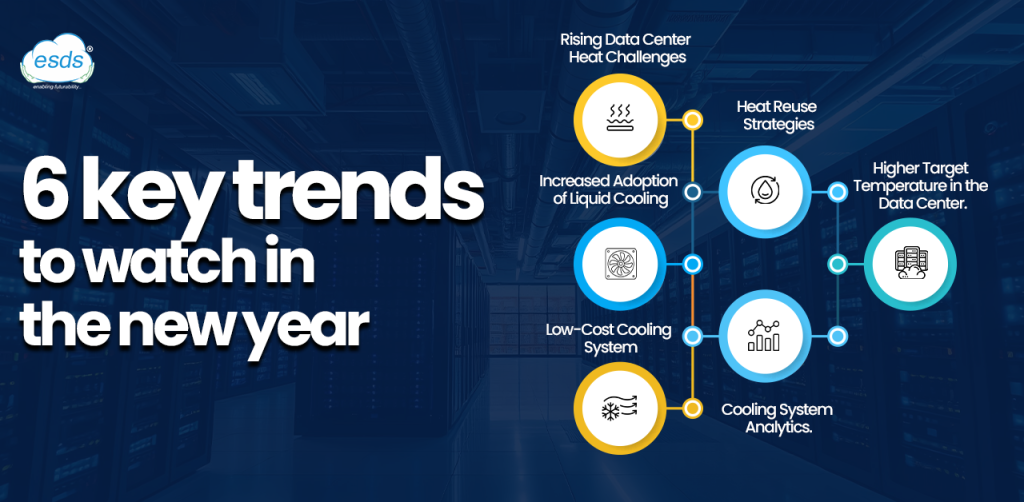
As we enter 2025, data center services are in a position to adopt various new cooling technologies and techniques. These range from quite mature and proven solutions to much more experimental ones. Yet, they are bound to influence data center cooling trends in 2025 as enterprises look for even more cost-effective and sustainable methods of cooling facilities.
Below are the key statistics for the Data center shown below:

Here are the six key data center cooling trends in the new year:

- Rising Data Center Heat Challenges
The most critical data center services cooling trend impacting the sector in 2025 is increased demand for cooling systems. This is due primarily to the ongoing deployment of AI workloads, which tend to generate more heat than traditional applications.
In 2025 and beyond, finding ways to improve data center cooling won’t simply be about saving money or reducing carbon emissions. Ensuring facilities can accommodate AI without overheating will also become critical.
- Increased Adoption of Liquid Cooling
One way to dissipate heat more effectively is to replace traditional air coolers with liquid cooling systems. These may include immersion cooling, which covers equipment in non-conductive liquid, an extremely efficient but costly cooling method, and direct-to-chip cooling, which transfers heat directly from chips.
Liquid cooling systems are generally much more expensive than traditional cooling solutions, and they can be challenging to retrofit into existing facilities. However, according to IDC, 22% of data centers already have liquid cooling systems. Expect that figure to grow in the new year as data center operators respond to contend with the added heat load of AI and leverage innovations designed to make liquid cooling more efficient and reliable, such as a novel propylene glycol-based direct-to-chip cooling fluid recently unveiled by Castor.
- Low-Cost Cooling System Improvements
Another way to improve the effectiveness of data center cooling is to optimize the chilled-air systems many facilities already have. Simple, inexpensive improvements like optimizing the positioning of fans or sealing off space that doesn’t need to be cooled to avoid blowing air into it can deliver essential boosts in cooling system capabilities.
Measures like these won’t typically result in triple-digit performance improvements. Still, they may boost cooling capacity by 10-20%—which could be enough to allow facilities to support heat-intensive AI workloads without requiring brand-new cooling systems. We expect these improvements to become another data center cooling trend in the new year.
- Creative Heat Reuse Strategies
In addition to the need to dissipate more heat, part of the pressure data center operators face on the cooling front currently centers on sustainability. To reduce overall carbon emissions, facilities must reduce the energy they waste through heat dissipation.
Newer, more efficient cooling technologies (such as liquid cooling, which we mentioned above) are one way to do this. But another strategy is to repurpose the heat that cooling systems pump out of data centers. Communities can reuse heat in homes, for example—or, more creatively, heat swimming pools or grow plants.
Heat reuse practices like these are already underway. As businesses focus on data center sustainability, expect to see more of them in 2025.
- Cooling System Analytics
To optimize your data center cooling system, you must first identify its weaknesses. This is where cooling system sensors and data analytics come in. By collecting and analyzing data such as the temperature within various parts of a data center, operators can determine which equipment runs hotter than it should. They can also find instances where cooling systems remove more heat than necessary, which could signify wasted cooling capacity and energy.
Sensor-based temperature monitoring and analytics in data centers is not a new practice. However, advancements in AI technology have made it easier than ever to process this data and identify optimization opportunities based on it. Therefore, we’ll likely see more and more investment in this cooling system analytics in 2025.
- Higher Target Temperatures in Data Centers
Traditionally, data center operators have aimed to keep server room temperatures below. However, some data center companies have begun experimenting with somewhat higher temperatures in their server rooms, and they’re reporting success. By increasing target temperatures to the higher 70s, they can reduce the load on cooling systems without experiencing overheating events for IT equipment.
While it’s essential to ensure that servers can tolerate higher temperatures before adopting this practice, this is another low-cost way to improve cooling capacity and reduce energy use, which is why I suspect we’ll see more data center operators adopting this tactic in the new year.
Conclusion
ESDS leads the industry by providing innovative, cutting-edge data center cooling solutions developed with current market requirements. Using liquid cooling technology, ESDS helps data center operators shift from conventional air cooling to a far more efficient and sustainable option.




Post a comment